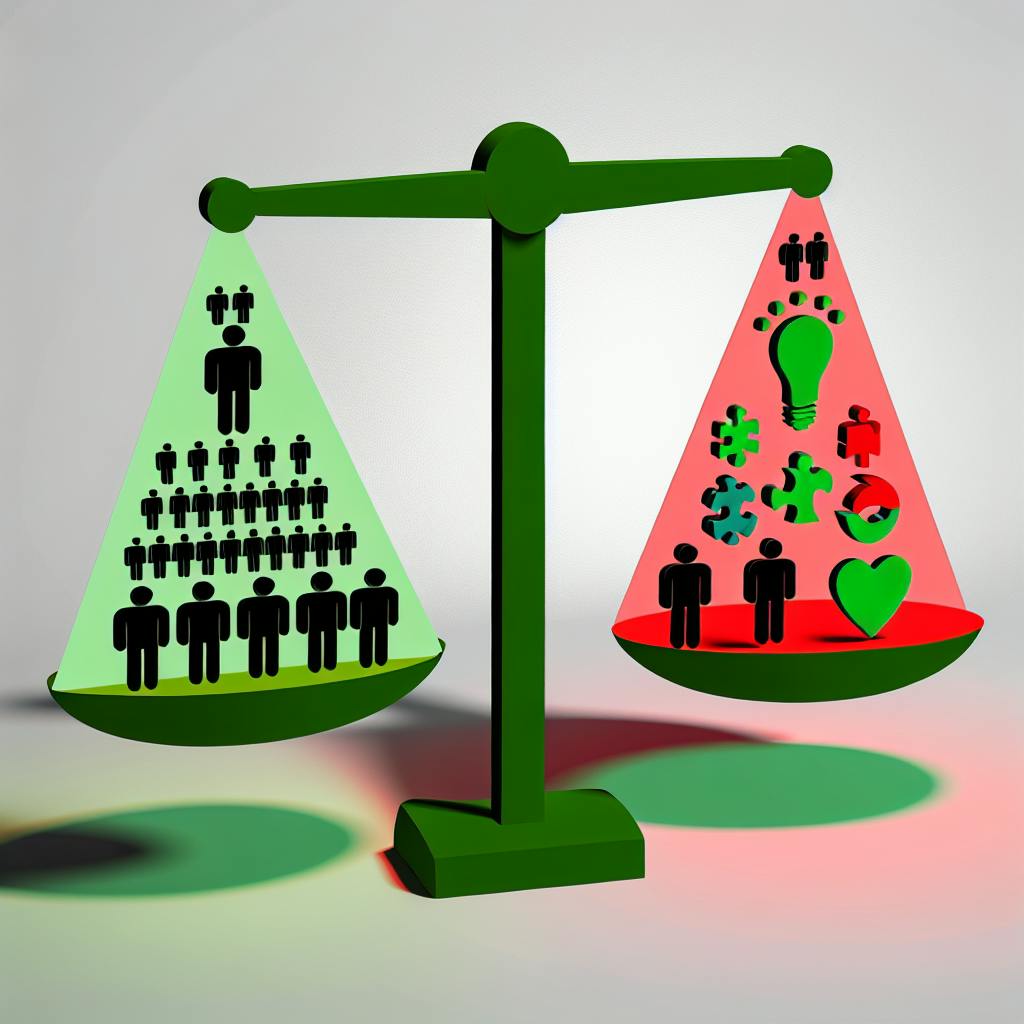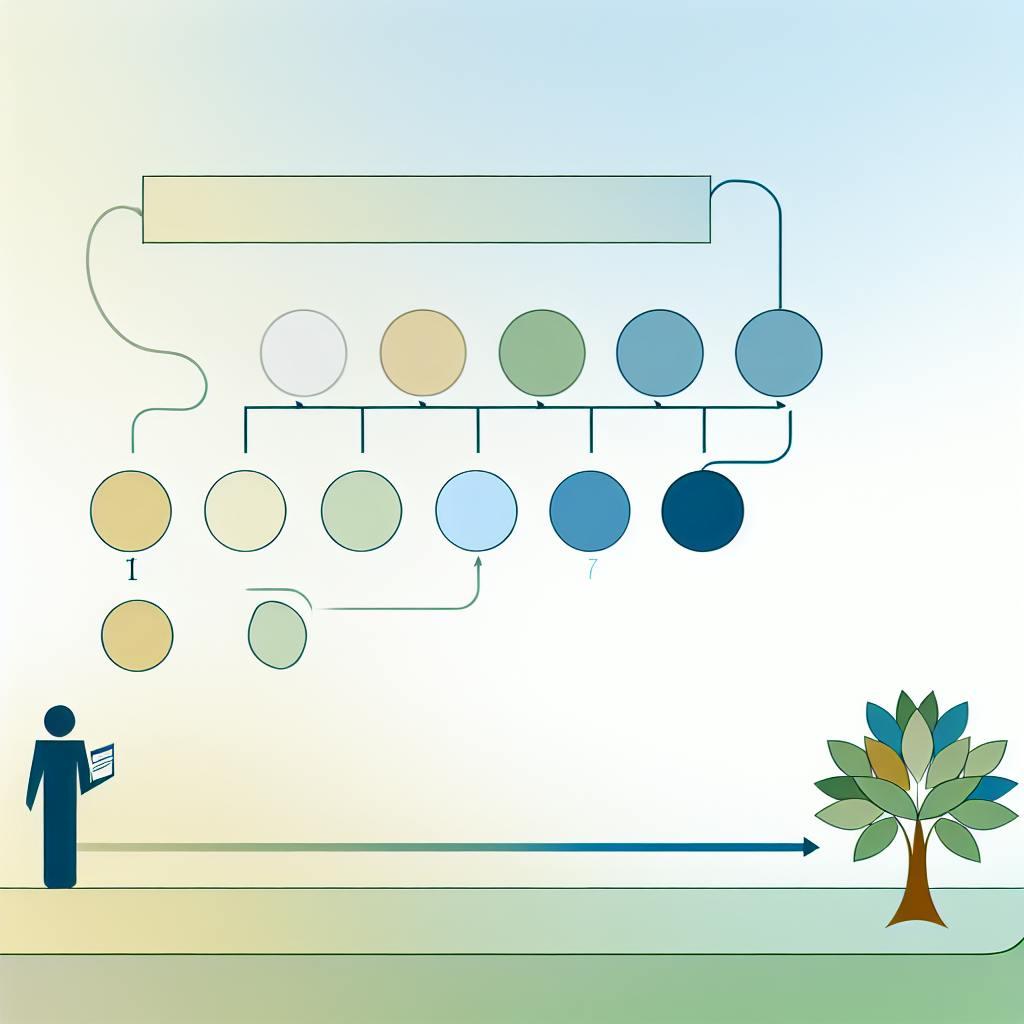For employees seeking convenient access to their benefits, mobile apps and web portals offer distinct advantages and tradeoffs.
Mobile apps provide:
- Anytime, anywhere access from mobile devices
- Personalized experiences with customized information and alerts
- Intuitive interfaces for easy navigation
- Accessibility for deskless and remote workers
However, mobile apps come with higher development costs, platform dependencies, and the need for regular updates.
Web portals offer:
- Cross-device accessibility from any internet-connected device
- Cost savings by reducing printing and distribution expenses
- Easy information updates with reduced administrative burden
But web portals have limited device integration, potential security risks, and require an internet connection.
Quick Comparison:
| Criteria | Mobile Apps | Web Portals |
|---|---|---|
| User Experience | Optimized for mobile | Consistent across devices |
| Customization | High | Medium |
| Device Integration | Extensive | Limited |
| Offline Access | Available | Not available |
| Development Cost | Higher | Lower |
| Maintenance | More involved | Less cumbersome |
| Security | Device-dependent | Potential vulnerabilities |
To choose the right solution, HR professionals should assess employee needs, existing infrastructure, security requirements, and total cost of ownership. A thorough evaluation and implementation plan are crucial for improving employee benefits access and engagement.
Mobile Apps for Benefits Access
Mobile apps are changing the way employees access their benefits, providing a convenient and empowering experience. By using mobile technology, organizations can simplify benefits administration, improve employee engagement, and boost productivity.
Advantages for Employees
Mobile apps offer several benefits to employees, including:
| Advantage | Description |
|---|---|
| Convenience | Access benefits information anywhere, anytime |
| Personalization | Receive customized benefits information and alerts |
| Ease of use | Intuitive interfaces make it easy to navigate and understand benefits |
| Accessibility | Reach a wider audience, including deskless and remote workers |
Challenges for HR Management
While mobile apps offer many benefits, HR management may face some challenges, including:
| Challenge | Description |
|---|---|
| Development costs | Creating a mobile app requires significant investment |
| Platform dependency | Mobile apps may require specific operating systems or devices |
| Update management | Regular updates are needed to ensure security, functionality, and compliance |
Despite these challenges, mobile apps provide a powerful solution for employee benefits access, offering a convenient, personalized, and accessible experience that can drive engagement, productivity, and job satisfaction.
Web Portals for Managing Benefits
Web portals offer a centralized, platform-independent solution for managing employee benefits, providing a convenient and accessible experience for both employees and HR management.
Advantages for Employee Access
Web portals provide several benefits for employee access, including:
| Advantage | Description |
|---|---|
| Accessibility | Access benefits information from any device with an internet connection |
| Cost savings | Reduce costs associated with printing and distributing benefits materials |
| Easy maintenance | Easily update benefits information and reduce administrative burdens |
Web portals also enable employees to access their benefits information at their convenience, reducing the need for HR intervention and improving overall employee satisfaction.
Limitations for Benefits Management
While web portals offer many advantages, there are some limitations to consider:
| Limitation | Description |
|---|---|
| Device limitations | Limited integration with certain device features, such as cameras or GPS |
| Security risks | Potential security risks associated with online access to sensitive benefits information |
| Internet connection required | Requires a stable internet connection, which may not always be available |
Despite these limitations, web portals remain a popular solution for managing employee benefits, offering a convenient, cost-effective, and accessible experience for both employees and HR management.
sbb-itb-d78b90b
Mobile Apps vs. Web Portals Comparison
This section provides a clear and structured comparison of mobile apps and web portals, highlighting their key differences and similarities.
Comparison Table
| Criteria | Mobile Apps | Web Portals |
|---|---|---|
| User Experience | Optimized for mobile | Consistent across devices |
| Customization | High | Medium |
| Device Features Integration | Extensive | Limited |
| Offline Access | Available | Not available |
| Development Cost | Higher | Lower |
| Maintenance Effort | More involved | Less cumbersome |
| Security | Device-dependent | Potential vulnerabilities |
This comparison table helps HR professionals make an informed decision about which solution best fits their organization's needs.
Choosing the Right Solution
Key Factors for HR Decision Makers
When deciding between mobile apps and web portals for employee benefits access, HR professionals should consider several key factors. These include:
- Organization size and structure: How many employees will be using the solution, and what is the organizational hierarchy?
- Existing technology infrastructure: What systems are already in place, and how will the new solution integrate with them?
- Employee needs and preferences: What features and functionality do employees need, and how will they use the solution?
- Customization and user experience: How important is a tailored experience for employees, and what are the implications for user adoption?
- Security and data protection: What are the risks and consequences of a data breach, and how will the solution protect sensitive information?
- Total cost of ownership: What are the upfront and ongoing costs of the solution, and what is the potential return on investment?
Recommendations and Next Steps
To choose the right solution, HR professionals should:
| Step | Description |
|---|---|
| 1. Conduct a needs assessment | Identify the requirements of the employee base and the organization as a whole. |
| 2. Research and evaluate solutions | Compare mobile apps and web portals, considering factors such as customization, user experience, security, and total cost of ownership. |
| 3. Develop an implementation plan | Create a timeline, budget, and resource allocation plan for the chosen solution. |
| 4. Pilot the solution | Test the solution with a small group of employees to gather feedback and refine the implementation. |
| 5. Continuously monitor and evaluate | Regularly assess the solution's effectiveness and make adjustments as needed to ensure it meets the evolving needs of the organization and its employees. |
By following these steps and carefully considering the key factors outlined above, HR professionals can make an informed decision about which solution best fits their organization's needs, ultimately improving employee benefits access and engagement.
FAQs
What is the difference between mobile portal and web portal?
A mobile portal is a platform designed specifically for mobile devices, providing employees with access to benefits information and resources on-the-go. In contrast, a web portal is a website that can be accessed through a desktop or laptop computer, offering similar benefits information and resources. The key difference lies in their platforms and functionality.
What are the benefits of an employee website?
An employee website, also known as an employee portal, offers several benefits to both employees and organizations. These include:
| Benefit | Description |
|---|---|
| Centralized Information Access | A single platform for employees to access important benefits information, company news, and HR resources. |
| Improved Employee Communication and Engagement | Enhanced communication channels and engagement opportunities, leading to increased employee satisfaction and productivity. |
| Enhanced Self-Service Capabilities | Employees can manage their benefits, update personal information, and access HR resources independently, reducing administrative burdens on HR staff. |
| Streamlined HR and Administrative Processes | Automated workflows and reduced paperwork simplify HR tasks, freeing up time for more strategic initiatives. |
| Increased Data Security and Compliance | A secure platform for storing and managing sensitive employee data, ensuring compliance with relevant regulations. |


